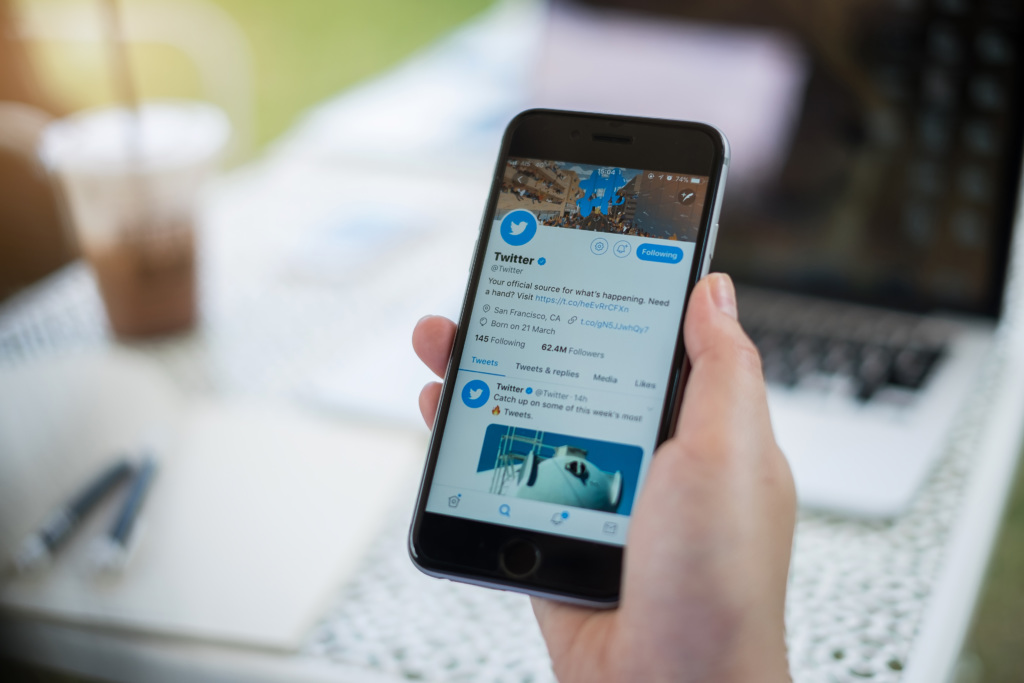To track local news coverage, curate a list of local journalists

ProPublica Illinois (@ProPublicaIL) regularly uses Twitter to answer questions about journalism. Recently a reader asked: “How do you go about finding those new ideas? Is it by brainstorming? Or following on tips?”
Here’s the response from ProPublica journalist Jodi Cohen:
“Reporters are always on the lookout for ways to inform the public about the world we live in, including wrongdoing. We go to all kinds of public meetings — for school boards, city councils and park districts — and not only report the daily news but look for the bigger stories by spotting trends, questionable spending and more. We ask a LOT of questions.”
So who’s going to these meetings and asking the questions in your community? As part of a project to track local news coverage and encourage students to contact and interact with journalists, consider curating a list of local journalists. Most journalists routinely use Twitter for their work. If you have a Twitter account you use for your classes, here’s how to create a Twitter list:
- Click on your profile icon. (On a computer, the profile icon is in the upper right corner of the screen between the search box and “Tweet”; on mobile devices, it’s in the upper left corner.)
- Click on “Lists.”
- Click “Create new list.”
- Select a name for your list and give it a short description. List names cannot exceed 25 characters or begin with a number. Decide if you want the list to be private (only you can see it) or public (anyone can subscribe to it).
- Click “Save list.”
Next, add the Twitter accounts of local journalists to your list:
- Once you’ve identified an account that you want to add to your list, click the overflow icon on the journalist’s profile page (on a computer, the three vertical dots next to the Follow/Following button; on mobile devices it may be the same three vertical dots and others the gear).
- Select “Add or remove from lists.” You don’t need follow an account to add it to your list.
- A pop-up will appear with the lists you have created. If you’d like to add the journalist to a list, click the checkbox next to the list name. To remove an account from a list, simply uncheck the box.
- To see if the account was included, go to “Lists” on your profile page. Click the list name, then click “Members.” You should see the account that you added.
- Sometimes people will put “no lists” in their Twitter profile. Please respect that request.
As an example, here’s my Twitter list of education reporters. Once you have created your list and added journalists, just click on the list to see a feed of tweets from those accounts. Over time, you will undoubtedly see patterns emerge in the topics and issues the journalists are covering.
As part of this effort, look for a calendar of public meetings in your community. For example, the Chicago City Clerk’s office maintains a calendar of council and committee meetings. These calendars typically include the date, time and location for the meeting, along with general public information and agendas. If there is a meeting your students are interested in, they can contact journalists on your list to see who might be covering it. Many journalists also live-tweet the meetings so people can know what’s happening in real time, especially if the meeting is of some importance.
Finally, this list can be useful when students want to engage with journalists directly, either by asking questions or offering their perspectives about news coverage. This is one of our indicators of civic engagement and can be an excellent avenue for student voice. And it provides you with information about your community from those whose job it is to determine what’s going on: local journalists and news organizations.